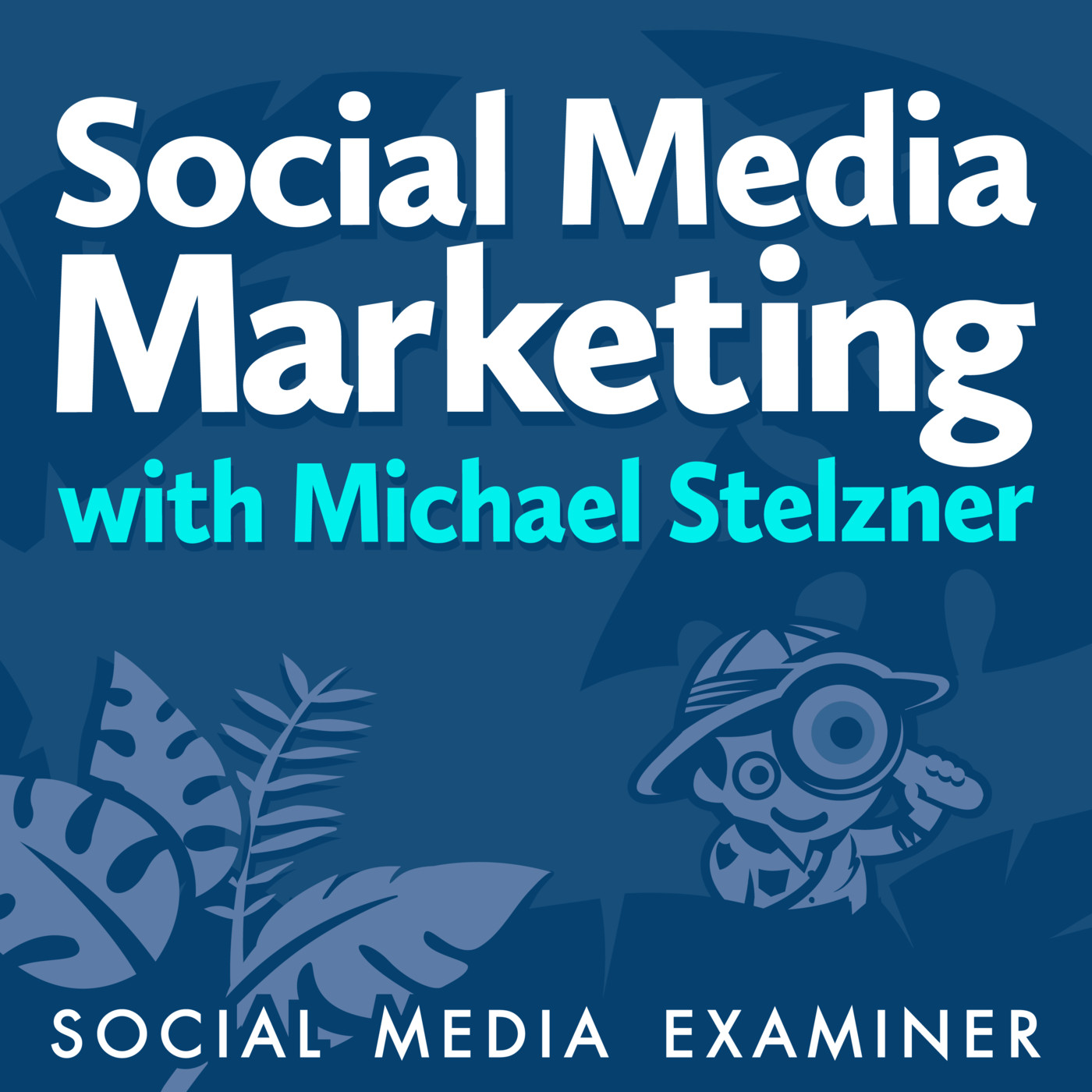
YouTube Updates for 2025: What Marketers Need to Know

Social Media Marketing Podcast
Deep Dive
Why is YouTube considered the most consequential technology in America according to The Washington Post?
The Washington Post described YouTube as the most consequential technology in America because it is the most popular social app and music service, has the healthiest economy on the internet, and serves as AI training fuel. It is also the most watched platform, surpassing Netflix, Peacock, and Hulu.
What percentage of baby boomers in the U.S. watch YouTube for entertainment?
68% of baby boomers in the U.S. watch YouTube for entertainment, meaning 7 out of 10 baby boomers are active on the platform.
Why does YouTube pay creators more than other platforms?
YouTube pays creators more than other platforms because it offers a 50-50 revenue split with creators from ad revenue. This generous model incentivizes high-quality content creation, making YouTube the most desired platform for creators.
What is the RPM (Revenue Per Mille) for long-form educational content on YouTube?
The RPM for long-form educational content on YouTube can range from $10 to $40, significantly higher than short-form content, which typically earns between $0.05 to $0.25 per thousand views.
What is the 'Mr. Beastification' of YouTube, and how is it changing?
The 'Mr. Beastification' of YouTube refers to an era of excess characterized by fast-paced editing, sensationalism, and one-upmanship in content. However, a countertrend is emerging, emphasizing authenticity, raw, and vulnerable content, often with minimal editing and no overhyped promises.
How does YouTube Shorts compare to TikTok in terms of market share?
YouTube Shorts is taking significant market share from TikTok, with 100 billion daily views. It is seen as a competitor to TikTok, especially as TikTok faces potential challenges related to ownership and shutdown concerns.
What is the significance of ultra-long-form content on YouTube?
Ultra-long-form content, such as 25-minute videos or multi-hour podcasts, is gaining traction on YouTube. It is particularly popular on smart TVs, where it serves as a passive viewing experience, helping viewers avoid decision fatigue by providing immersive, extended content.
What is YouTube Shopping, and how does it work?
YouTube Shopping allows creators to tag products in live streams, long-form videos, and Shorts. Products can be tagged directly in the video, and viewers can purchase them through integrated retailers like Walmart, Target, or Shopify. It aims to streamline the shopping experience, similar to TikTok and Instagram shopping.
What is the Inspiration tab in YouTube Studio, and how does it use AI?
The Inspiration tab in YouTube Studio uses AI to generate video ideas, outlines, and thumbnail inspiration based on viewer interest and trending topics. It integrates with YouTube's data to provide tailored suggestions, helping creators optimize their content strategy.
Why are subscribers becoming less important on YouTube?
Subscribers are becoming less important on YouTube because the platform now prioritizes content over the social graph. The algorithm rewards click-through rate and average view duration, allowing new creators to go viral or gain reach based on the quality of their content rather than their subscriber count.
Shownotes Transcript
Are you struggling to keep up with YouTube's latest features? Wondering how to take advantage of the latest video trends? To discover key YouTube updates and learn how to adapt your content strategy for maximum impact, I interview Sean Cannell.
Guest: Sean Cannell)** **| Show Notes: socialmediaexaminer.com/643)
Review our show) on Apple Podcasts.
See Privacy Policy at https://art19.com/privacy) and California Privacy Notice at https://art19.com/privacy#do-not-sell-my-info).